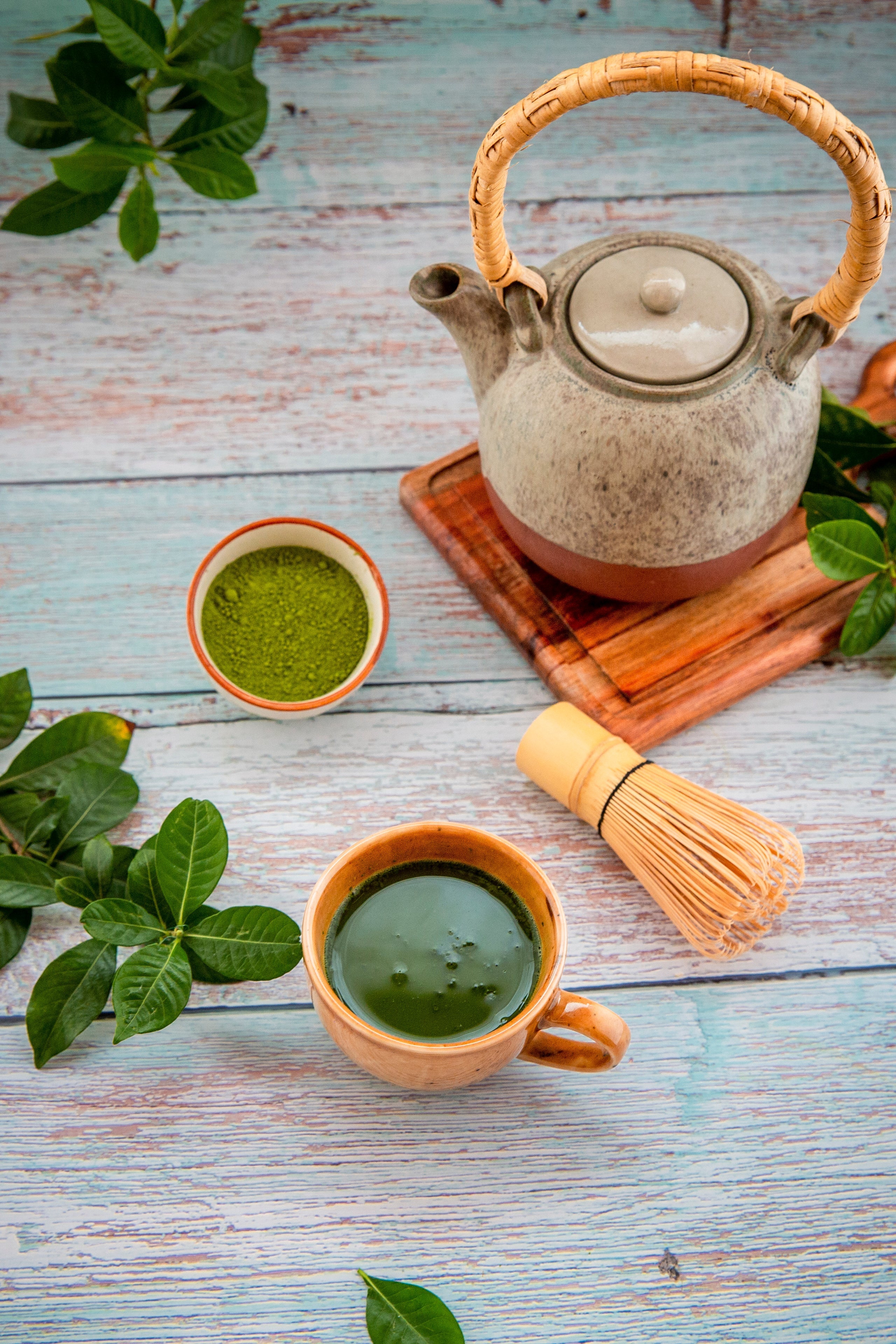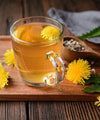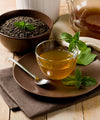Recent Post
Unveiling the Superfood: Matcha
Luxmi Estates
Jul 05, 2023
Matcha is a vibrant green powder that has captivated tea enthusiasts and health-conscious individuals equally. The popularity of Matcha is growing rapidly and it has become a superfood. So what is Matcha and how is it better than normal green tea? Let’s explore the world of Matcha and know the magic ingredient a little better.
Matcha is a type of powdered green tea that is made from shade-grown tea leaves. The key difference between matcha and other types of green tea lies in the cultivation, processing, and preparation methods. Matcha is prepared by steaming, drying, and stone grinding the tea leaves. Matcha belongs to the family of green tea but it has many more benefits than normal green tea. Matcha being a green tea is better than green tea and here is how:
- Growing Process: Matcha is made from tea leaves that are grown under shade for several weeks before harvesting. This process enhances the production of chlorophyll and amino acids, resulting in vibrant green leaves with a unique flavor profile. Regular green tea leaves are typically grown in full sunlight.
- Harvesting and Processing: Matcha is made from the youngest and most tender leaves, usually the top leaves of the tea plant. After harvesting, the leaves are steamed to prevent oxidation and then dried. The dried leaves are ground into a fine powder using traditional stone mills. In contrast, regular green tea is made from whole or fragmented leaves that are typically rolled, pan-fired, or steamed.
- Consumption Method: Matcha is consumed by whisking powdered tea with hot water to create a frothy beverage. The powder is fully dissolved, ensuring that you consume the entire leaf and all its nutrients. Regular green tea is typically brewed by steeping tea leaves in hot water and then discarding the leaves.
- Flavor and Texture: Matcha has a distinctive flavor that is often described as vegetal, slightly sweet, and grassy. It has a rich and smooth texture, thanks to the fine powder consistency. Regular green tea can vary in flavor depending on the specific variety, but it generally has a more subtle taste compared to matcha.
- Nutrient Concentration: Matcha is known for its higher concentration of antioxidants, vitamins, minerals, and amino acids compared to regular green tea. This is due to the shade-growing process, which increases the chlorophyll content and stimulates the production of beneficial compounds.
- Caffeine Content: Matcha contains caffeine, although the exact amount can vary depending on factors such as the grade and preparation. However, the caffeine in matcha is often described as providing more sustained and calm energy compared to the jittery effects associated with coffee. Regular green tea also contains caffeine but in lower concentrations.
While both matcha and regular green tea offer health benefits, matcha is often regarded as a more potent source of antioxidants and nutrients due to the consumption of the whole leaf. The ceremonial preparation and unique flavor profile of matcha also contribute to its distinctiveness compared to other green teas.
Matcha comes in different grades. The best quality of Matcha is the ceremonial Matcha. Ceremonial Matcha is the premium quality and most prized Matcha. Ceremonial Matcha is prepared from handpicked youngest and the most tender tea leaves from the shade-grown tea leaves. This grade of Matcha has a vibrant green color which indicates high chlorophyll content and higher nutritional values. It has a vegetal, sweet, and smooth taste. Ceremonial grade matcha gets its name from the fact that it was used in Japanese tea ceremonies where it's prepared with mindful meditation precision. There is a technique to prepare Matcha Tea. The bamboo whisk is used to froth matcha.
Ceremonial Matcha has a rich historical significance. Dates to the 12th century during the Kamakura period in Japan. It was heavily influenced by Zen Buddhism and was initially practiced by Buddhist monks as a form of meditation. Over time, it evolved and gained popularity among the samurai class and eventually spread to the general population.
The matcha tea ceremony is not just about the tea itself, but also about the interactions between the host and guests, the appreciation of art and craftsmanship, and the cultivation of a sense of presence and mindfulness. It is regarded as a cultural practice that fosters a connection with nature, oneself, and others.
Even today, the matcha tea ceremony continues to be practiced and cherished in Japan and is appreciated worldwide for its beauty, tranquility, and profound cultural significance. It serves as a reminder of the importance of slowing down, finding inner calmness, and embracing the present moment.
← Older Post Newer Post →




